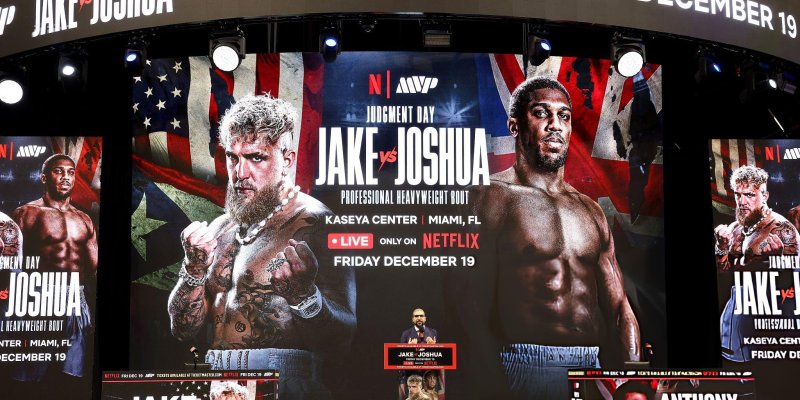
An unusual crossover long treated as a joke has abruptly turned into a working plan: Mike Tyson and Floyd Mayweather have agreed to an exhibition bout for 2026. On paper, not much truly aligns—the gulf in anthropometrics, age, and experience against heavyweights is vast. Yet both legends posted the fight posters in sync and flipped the hype machine on. Which leaves the key question: is this really a dream fight for fans or a loud piece of fan service with meticulously calculated economics?
Posters Without a Date: Announcement, But No Specifics
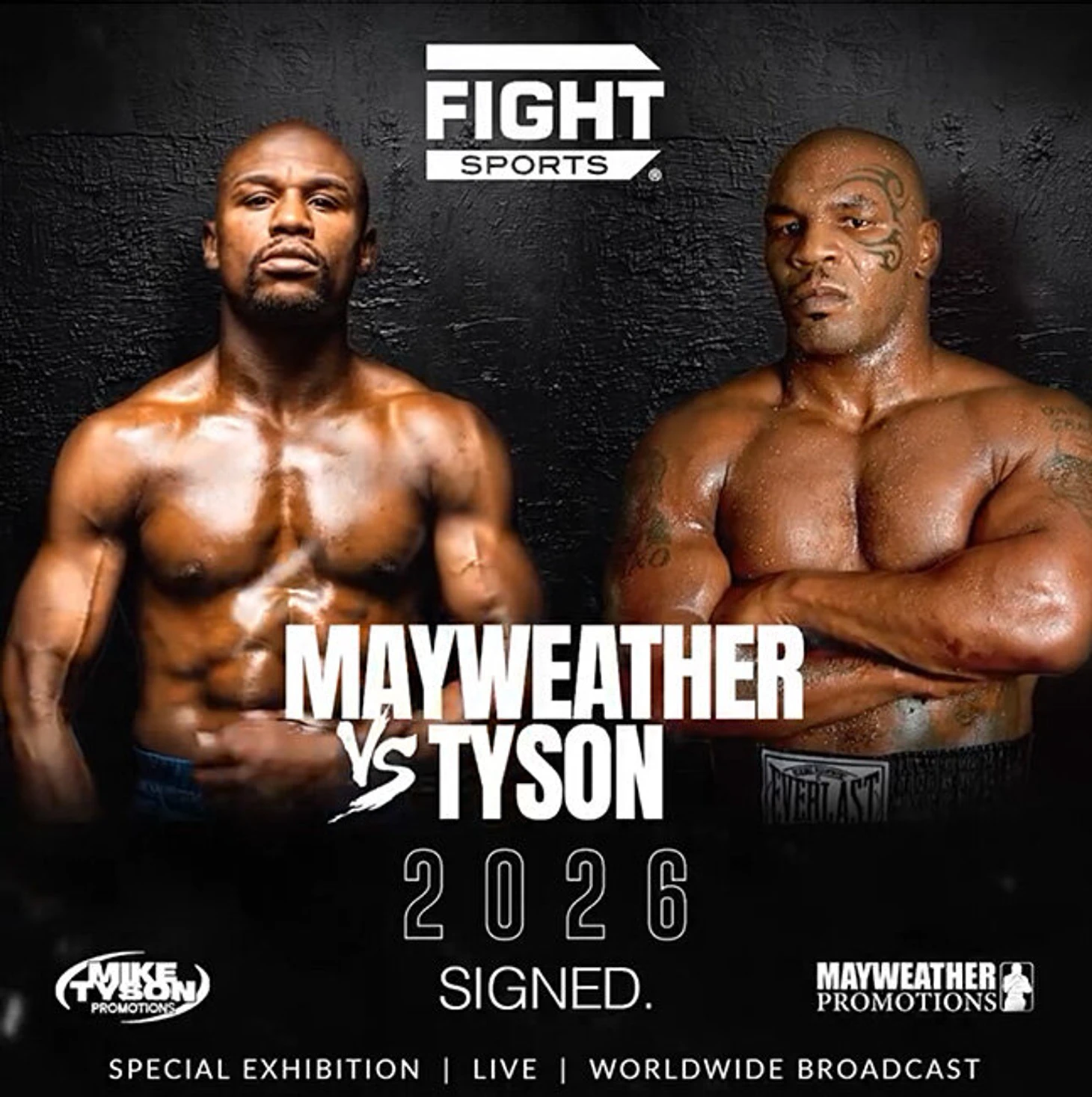
Both sides shared posters on social media. They include no date, no city, no broadcaster logos, and no major sponsors—only the emblems of their own promo outfits and upbeat captions. Tyson insists the deal is signed and the fight will happen, even acknowledging a health risk for his opponent. Mayweather, as always, speaks in brand language: the bout will be “big” and “legendary,” and he remains “the best in the boxing business.” At his peak, one Floyd signature set the entire industrial chain in motion—from promoters to TV networks. Today, as the market trembles, TV budgets shrink, and PPV sales fluctuate, a teaser without anchor details looks like an advance of trust to the names alone.
Budget, Broadcast, Venue: Three Bottlenecks
To turn posters into a real event, the sides must solve three basics. First—a sponsorship pool capable of covering star-level purses for both names. Second—a broadcaster (likely a streaming platform) willing to assume marketing and advance risk. Third—an arena for at least 10,000 spectators; anything smaller won’t pay for the scale. Until those puzzle pieces are set, we’re discussing intention, not an event.
Welters vs Heavies: The Math of Weight and Age
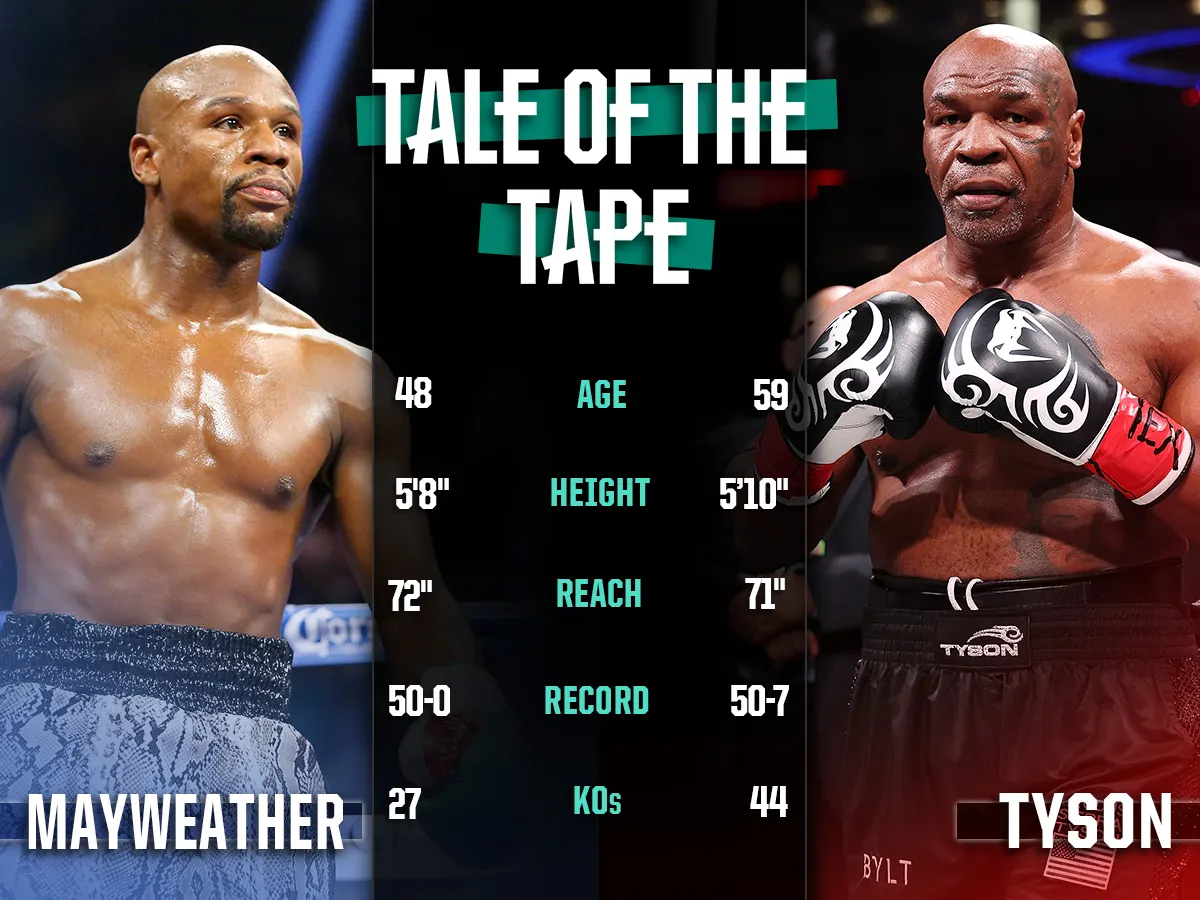
By early 2026, their combined age will approach 108 (Mayweather is now 48, Tyson 59). But the louder metric is mass. Floyd ran through the elite at welterweight (up to 66.7 kg) and has hovered around 70.3–72.8 kg in exhibitions. His largest weight gap with an opponent was about 14.7 kg (vs Logan Paul). Tyson is a true heavyweight who weighed 103.6 kg before facing Jake Paul. Simple arithmetic yields roughly a 30-kilogram advantage for Iron Mike. Add the sporting logic: Floyd is unlikely to add serious bulk; his capital is speed, timing, and reaction.
Floyd's Exhibition Run: The Cash Machine Works, the Storyline Is Secondary
Since 2018, Mayweather has staged eight exhibition bouts and grossed over $100 million. Formats and opponents ranged from kickboxer Tenshin Nasukawa—“a 2.5-minute KO” for $9 million in December 2018—to media stars. In 2021, he played the “big provocation-driven show” with Logan Paul: no official verdict, over 1 million PPV sold, about $35 million to Floyd. Then came quieter yet monetizable names: YouTuber Deji, former Bellator fighter Aaron Chalmers, Rizin standout Mikuru Asakura, former sparring partner Don Moore, and John Gotti III—the grandson of the famed Gambino boss. Mayweather met Gotti twice: the first ended amid an in-ring melee, the second went the distance and closed as an exhibition draw. The constant: Floyd’s recognition reliably converts to cash even when sporting intrigue is minimal.
Tyson 2.0: A Comeback with a Television Lens
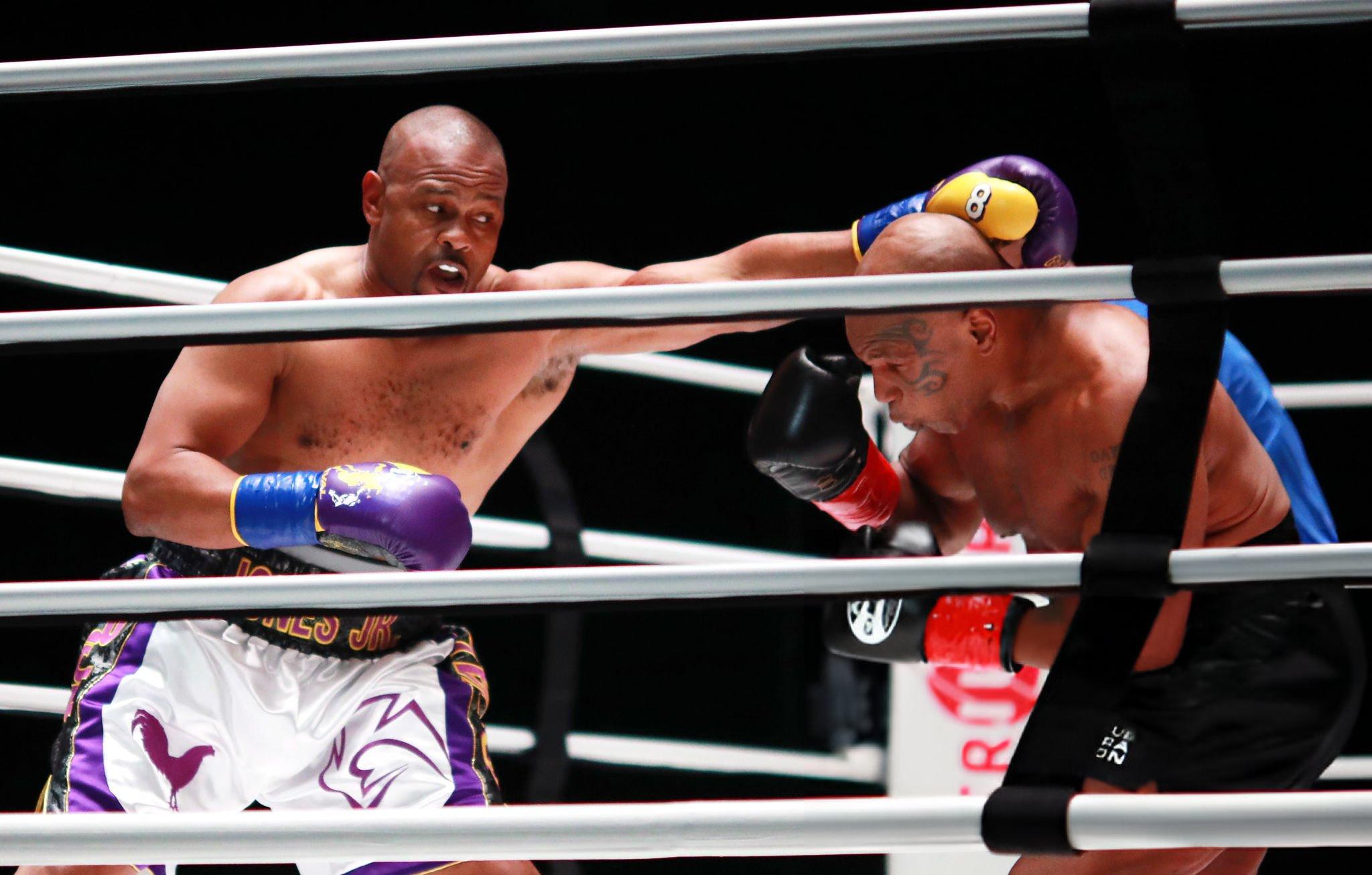
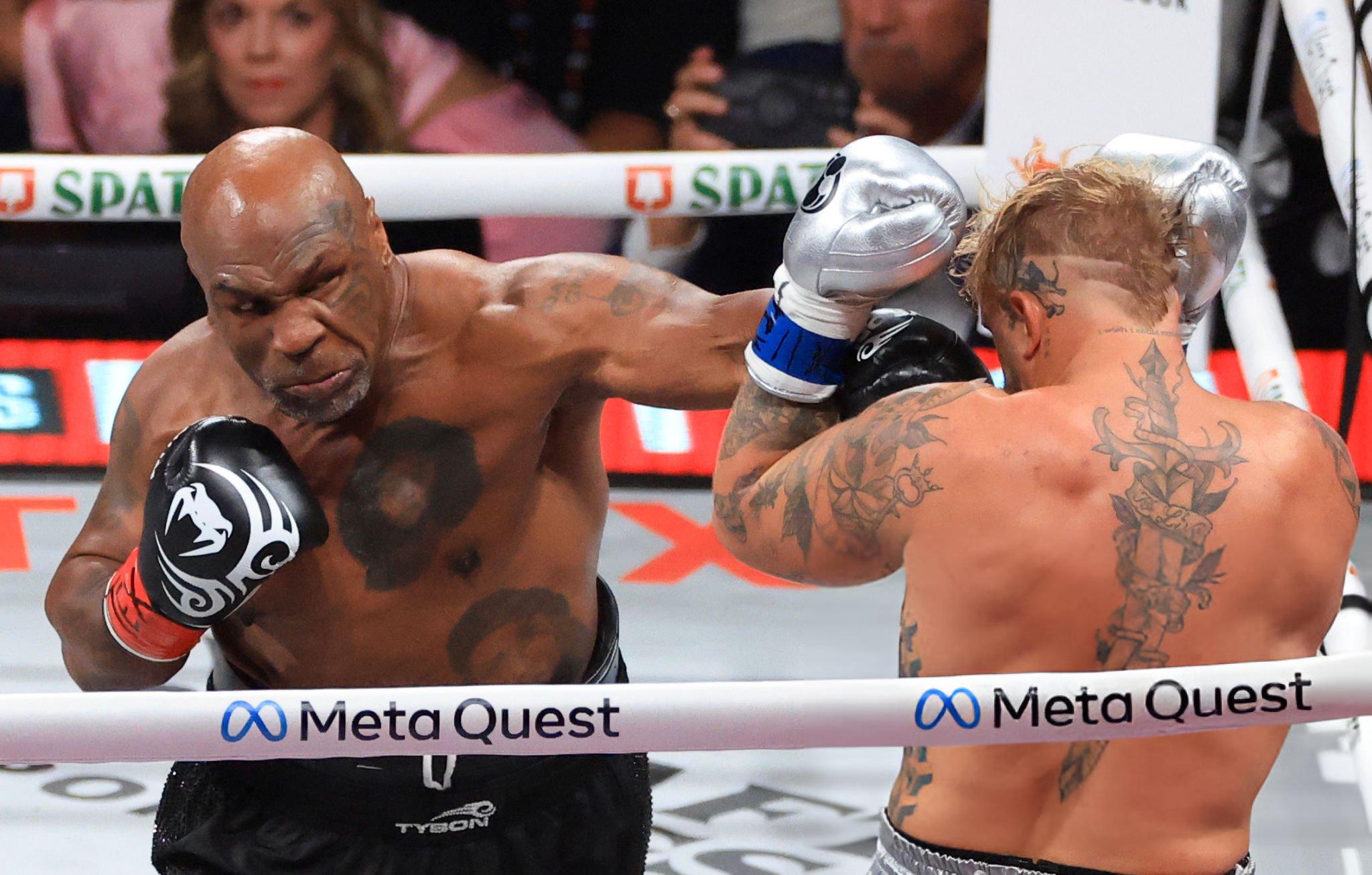
After officially retiring in 2005, Mike twice returned to the big stage. In 2020, he put on a retro night with Roy Jones Jr.—judges called it a draw, even though Mike looked more varied and active throughout. In November 2024, he stepped in with Jake Paul: this time the result entered the official record—a unanimous decision for Paul—and landed in Netflix’s global shop window with nine-digit viewership. In other words, Tyson isn’t just a name from a past era; he remains a media magnet that helps platforms grow reach.
What We'll Actually See If the Fight Happens
It’s hard to expect a slugfest from this kind of crossover. The exhibition format limits risk: sparring-style speed bursts from Mayweather, occasional power surges from Tyson, tightly rationed intensity, and the familiar script—“distance covered, show delivered, checks collected.” Most likely the rounds pass under firm control, and the main intrigue lives in the marketing: do two legends still have enough star power to assemble a paying PPV/stream audience and close the budget without major TV networks?
Verdict: Expensive Nostalgia with Clear Accounting
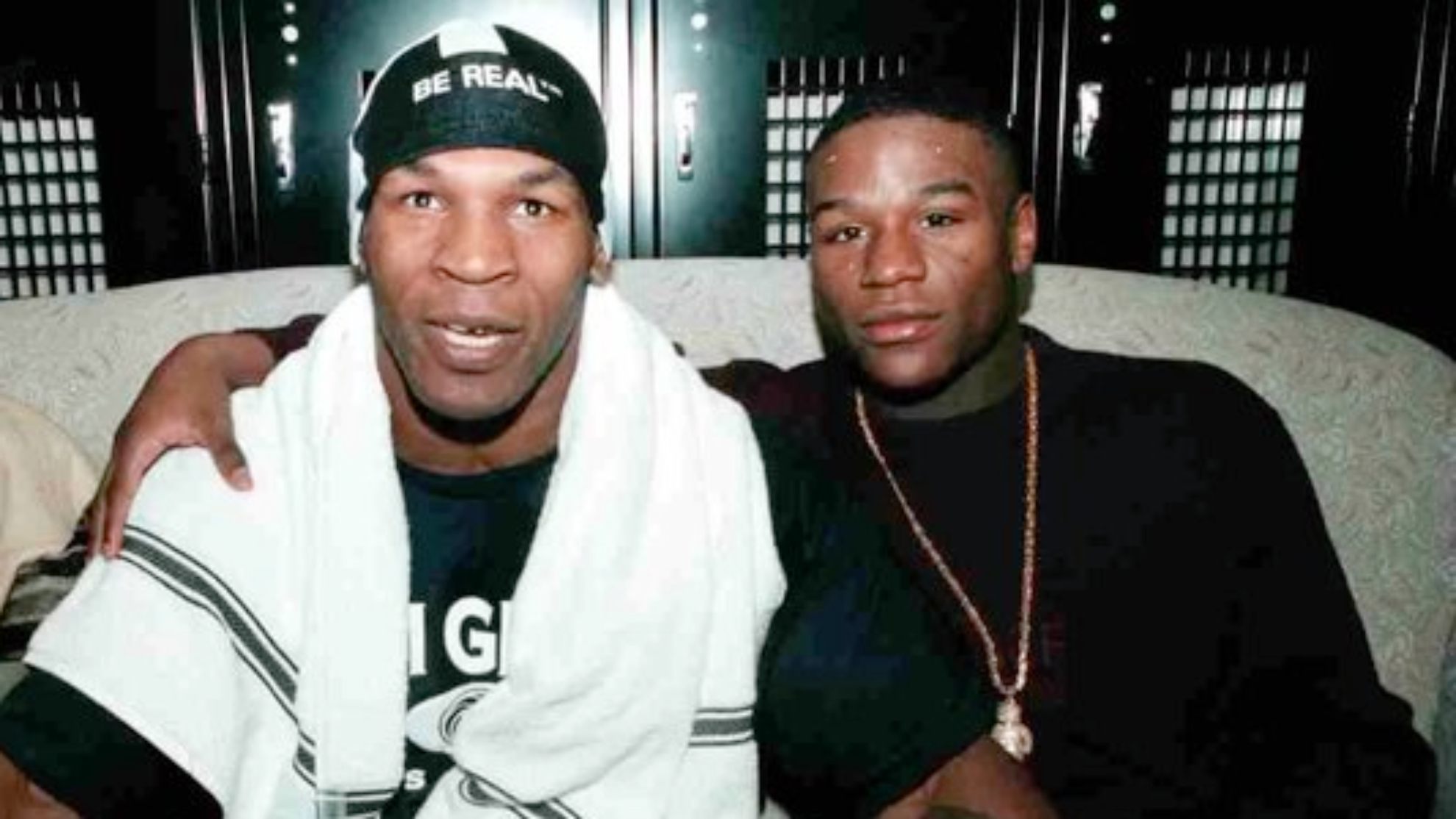
From a sporting angle, there are too many imbalances here—from anthropometrics to weight-class specialization. From an industry angle, though, it’s a functional product: a mix of names, media power, and sales know-how. Tyson brings heavyweight charisma and big-screen presence; Mayweather brings a spotless marketing machine and box-office certainty on his name. The evening may not say a “new word” in boxing. But it will say an old and still loud one: audiences will pay for nostalgia when it’s packaged as an event. And that is the strongest argument for those posters to eventually turn into a timetable, matchups, and sponsor logos.

